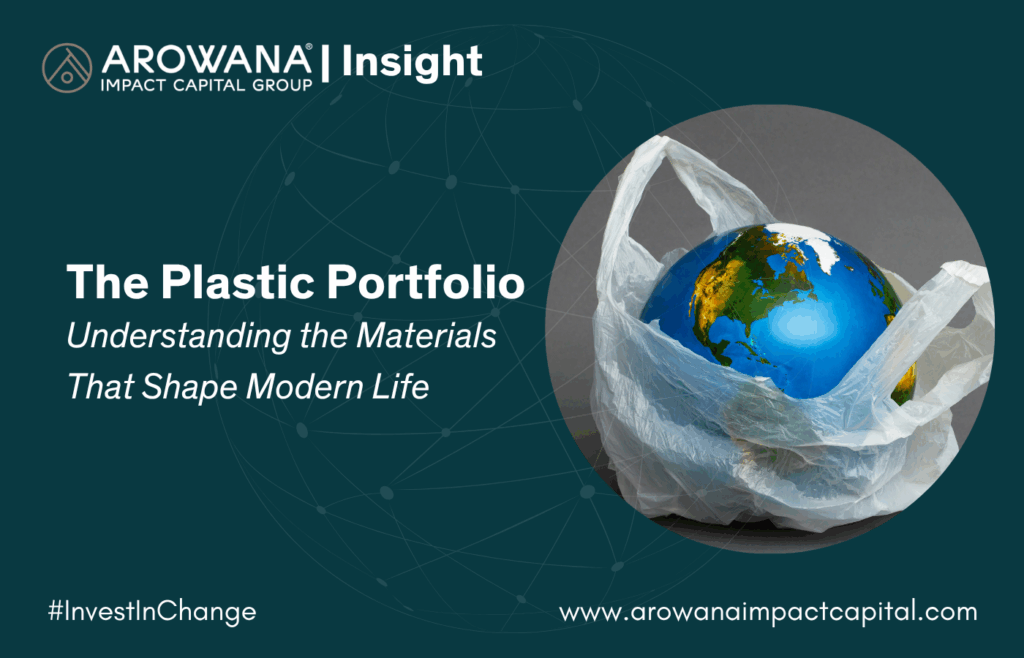Plastics changed how the world makes things. Thanks to polymer science, we turned hydrocarbons into strong, flexible materials that replaced glass, metal, wood, and fabric. Now, plastics are everywhere — from packaging and clothing to buildings and hospitals.
But they don’t break down easily. Once thrown away, plastics stick around in landfills, oceans, and even inside our bodies.
Fixing this isn’t just about banning straws or switching to reusable bags. Real change means rethinking how we make and use plastics — starting with better product design, clearer labels, and stronger recycling systems.
Policies like Extended Producer Responsibility (EPR), recycled content rules, and waste import bans play a big role. They shift the pressure from consumers to the companies that produce plastic, making them responsible for the full life of their products.
To move forward, we need to know what plastics are made of, why they’re hard to break down, and how systems around them work. That knowledge helps governments, businesses, and people make better decisions — and build a cleaner, smarter way of using materials.
Seven Core Plastics, One Global Market
Though over a dozen polymer families exist, global production is dominated by seven plastic types, each with its own lifecycle, chemistry, and use case. They are cataloged by the recycling codes #1 to #7 — a system that signals material type and informs disposal strategies.
Polyethylene Terephthalate (PET) – #1
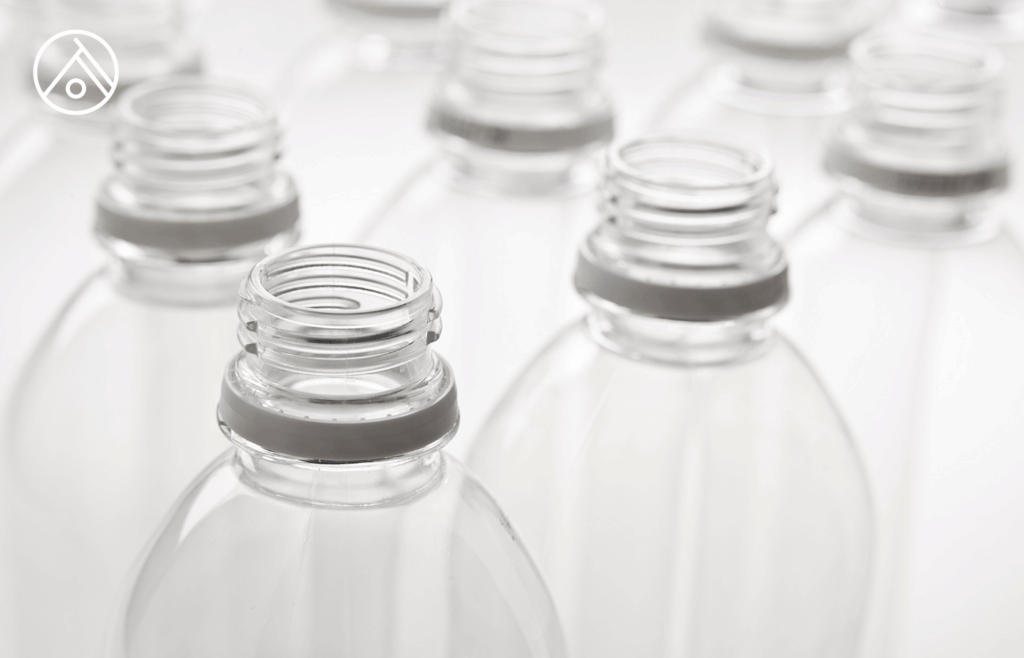
Properties: Lightweight, transparent, strong, and shatter-resistant.
How It’s Made: Produced through either the transesterification of dimethyl terephthalate with ethylene glycol or direct esterification of purified terephthalic acid. The resulting monomer is polycondensed into PET under high heat and pressure.
Where You Use It:
- Soft drink and water bottles
- Food containers (salad dressings, peanut butter)
- Ready-to-eat meal trays
- Polyester textiles
PET’s strength-to-weight ratio and clarity make it ideal for packaging and textile applications. Its recyclability gives it an edge in circular product design, although contamination remains a hurdle in municipal waste systems.
High-Density Polyethylene (HDPE) – #2
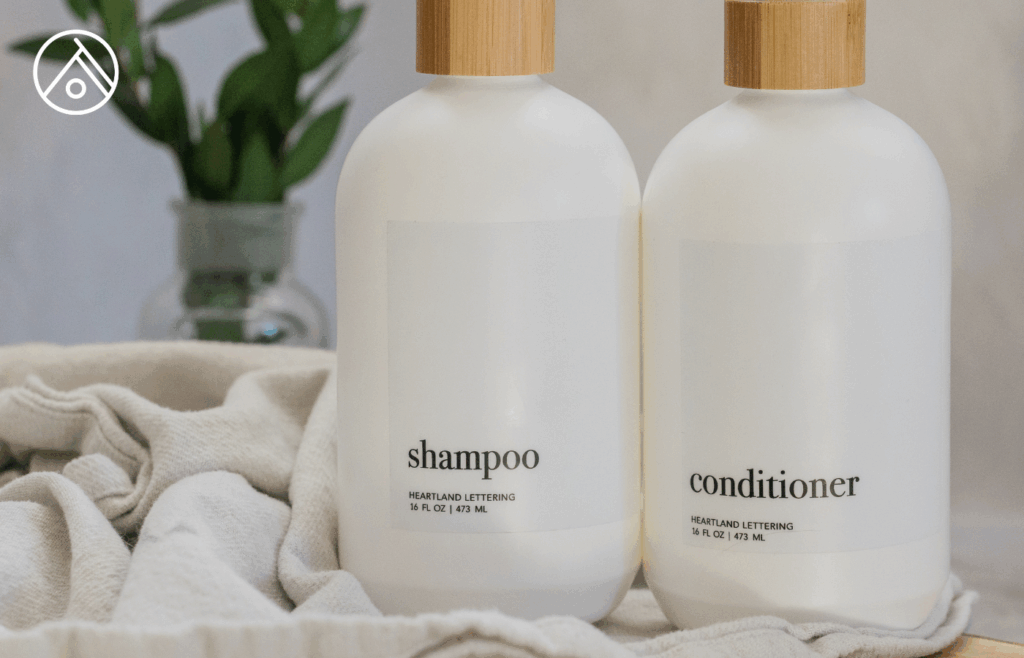
Properties: Opaque, moisture-resistant, chemically inert, and robust.
How It’s Made: Ethylene gas, derived from petroleum cracking, is polymerised using Ziegler-Natta or Metallocene catalysts through gas-phase or slurry processes.
Where You Use It:
- Milk and juice jugs
- Detergent bottles and shampoo containers
- Toys, buckets, and bins
HDPE’s chemical resilience makes it indispensable in household goods and industrial packaging. Its recyclability and relatively low environmental footprint in production have earned it a place in most sustainability playbooks.
Polyvinyl Chloride (PVC) – #3
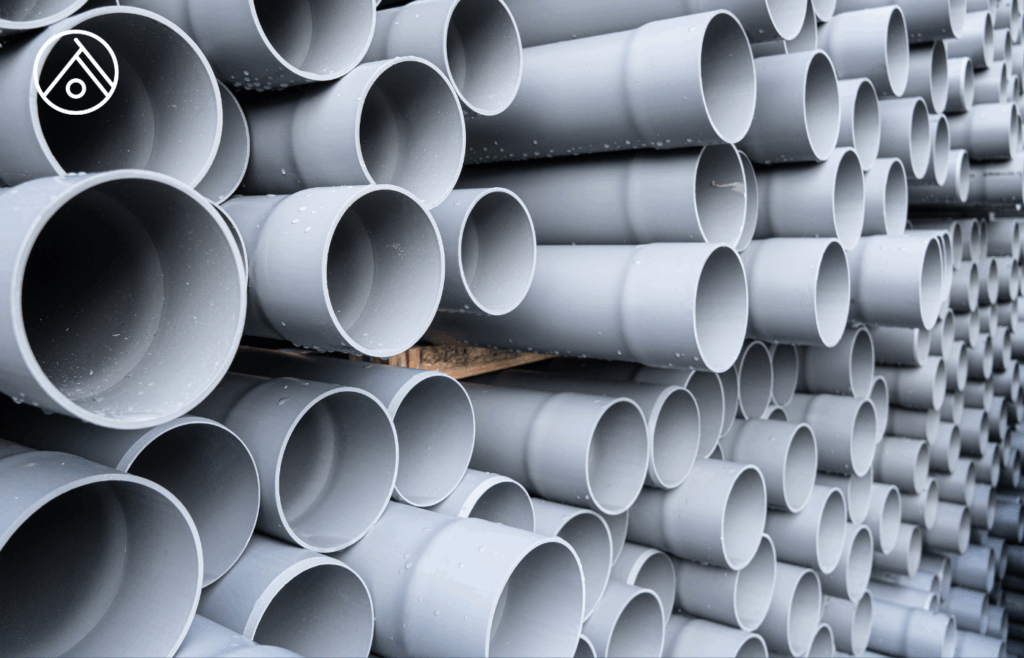
Properties: Highly versatile; available in rigid and flexible forms; weather-resistant; flame-retardant.
How It’s Made: Begins with chlorine (from sea salt) reacting with ethylene to produce ethylene dichloride, which is then cracked into vinyl chloride monomer (VCM). Polymerisation methods include suspension, emulsion, and bulk to yield PVC resin.
Where You Use It:
- Plumbing pipes and window frames
- Shower curtains and flooring
- Credit cards and synthetic leather
- Medical tubing and IV bags
PVC is a staple in construction and medical equipment due to its durability and ability to be tailored with plasticisers. Its manufacturing involves careful handling of toxic intermediates, which puts production facilities under close environmental scrutiny.
Low-Density Polyethylene (LDPE) – #4
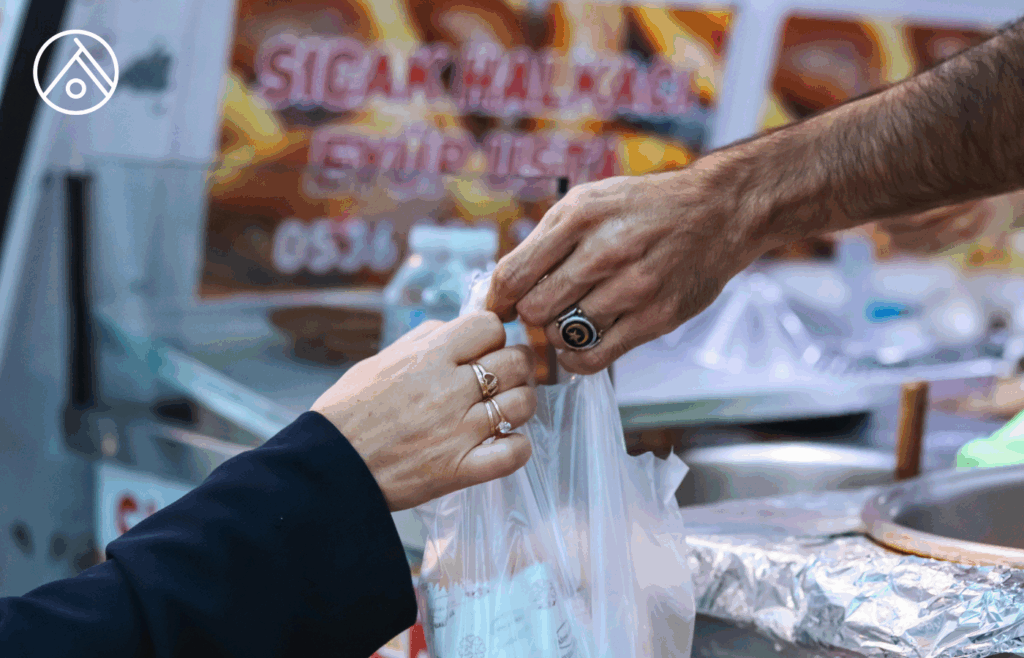
Properties: Flexible, lightweight, semi-transparent; strong against impact but weaker structurally than HDPE.
How It’s Made: Ethylene gas undergoes high-pressure, free-radical polymerisation. This forms long-branched polymer chains that result in LDPE’s soft texture and flexibility.
Where You Use It:
- Plastic grocery bags and bread packaging
- Cling film and sandwich bags
- Squeeze bottles and bubble wrap
- Beverage cartons
LDPE is prized for its adaptability in packaging, though it remains one of the less commonly recycled plastics due to infrastructure limitations. It’s also increasingly challenged by biodegradable alternatives in the single-use sector.
Polypropylene (PP) – #5
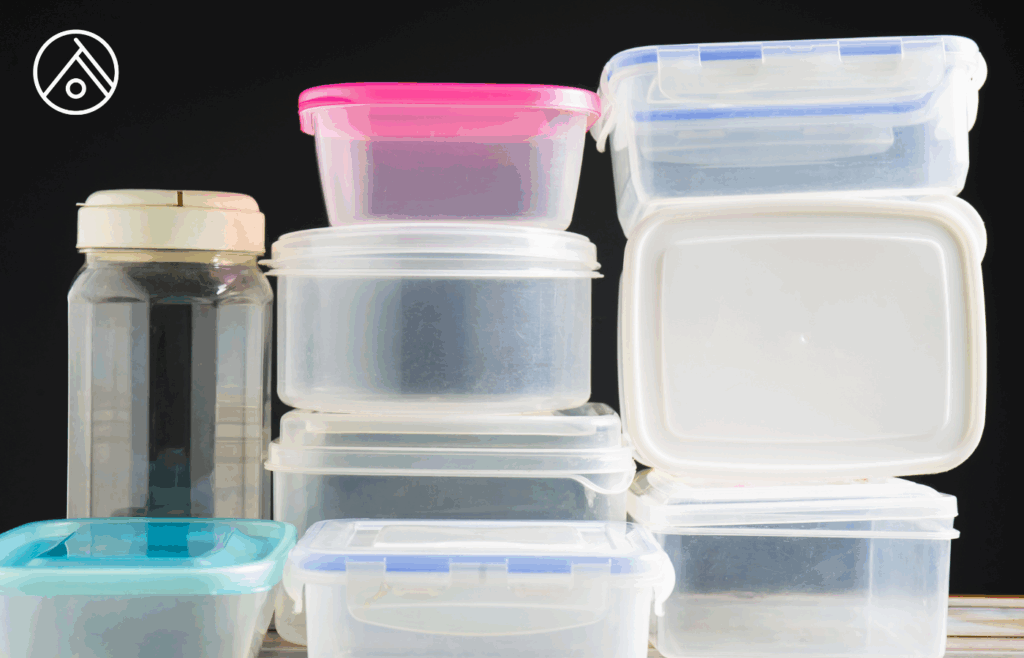
Properties: Heat-resistant, semi-rigid, fatigue-resistant; high melting point.
How It’s Made: Starts with propane, which is dehydrogenated into propylene. Catalytic polymerisation follows, using Ziegler-Natta or Metallocene catalysts in slurry, bulk, or gas-phase processes.
Where You Use It:
- Yogurt cups and food storage containers
- Straws and hot food packaging
- Disposable diapers and bottle caps
- Prescription bottles and automotive parts
Polypropylene’s resilience to heat and moisture makes it an all-star in foodservice and hygiene products. It’s also gaining traction as a durable, lightweight material in industrial and automotive applications. Recycling rates remain modest but are improving with advances in sorting technologies.
Polystyrene (PS) – #6
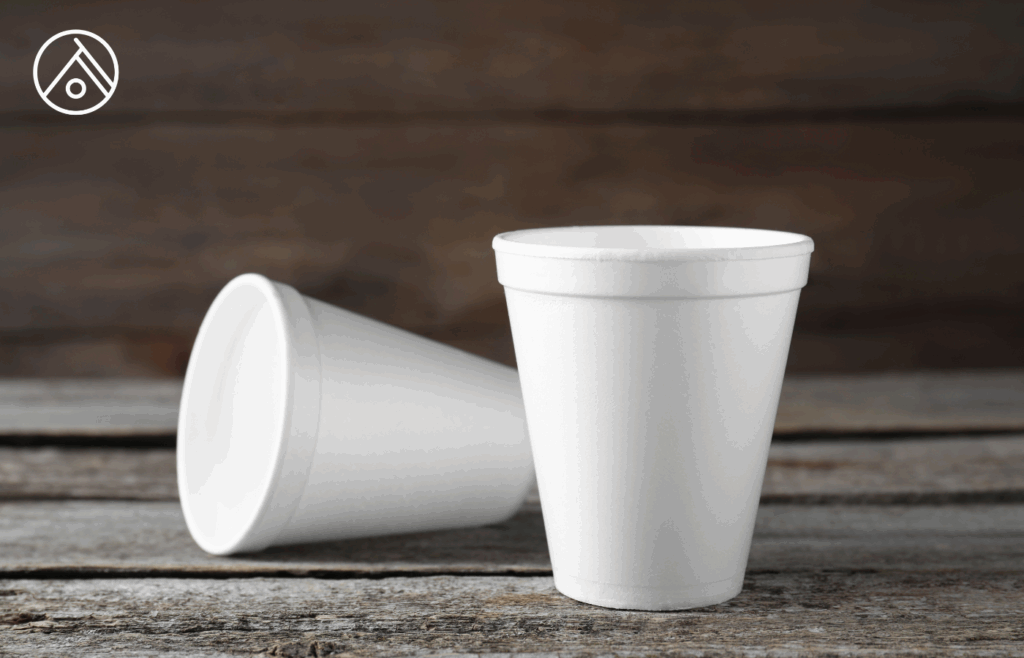
Properties: Lightweight, brittle, insulating; available in solid and foam forms.
How It’s Made: Styrene, derived from benzene and ethylene, undergoes free-radical polymerisation. Expanded polystyrene (EPS) is created by incorporating blowing agents (like pentane) and steam-molding pre-expanded beads.
Where You Use It:
- Foam coffee cups and takeout containers
- Egg cartons and party cups
- Packing peanuts and insulation panels
Polystyrene’s low cost and ease of molding have made it ubiquitous in disposable foodservice and packaging. However, its resistance to biodegradation and difficulty to recycle have spurred regulatory scrutiny — with bans and restrictions emerging in several regions.
Other / Miscellaneous Plastics – #7
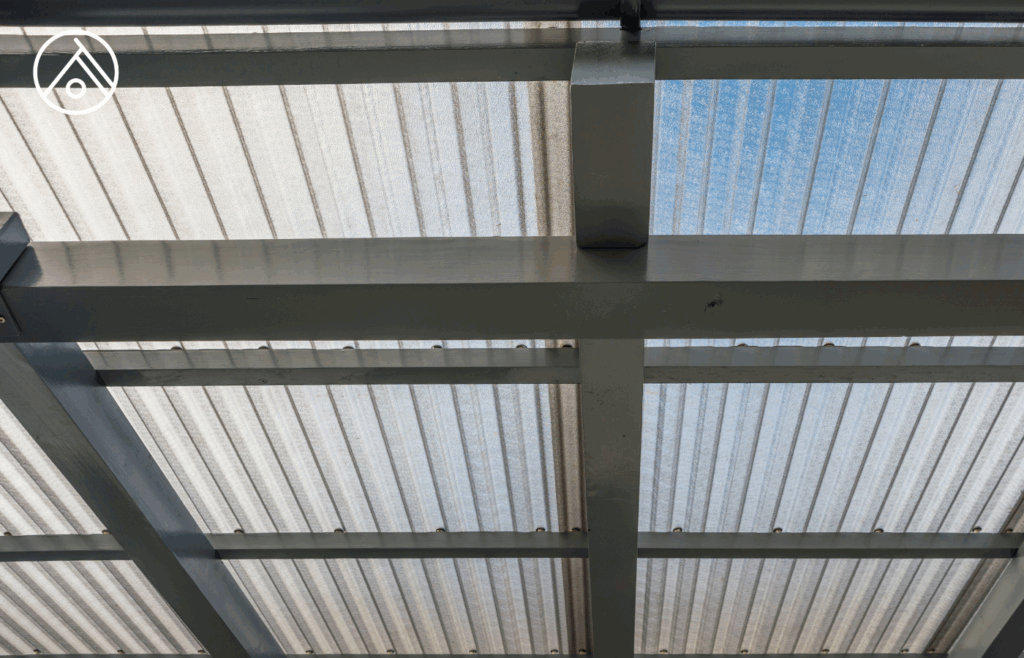
Properties: Diverse; includes thermoplastics with specialised features — from heat resistance to transparency and bio-based origins.
How They’re Made:
- Polycarbonate (PC): Produced by interfacial or melt polymerisation using bisphenol A and phosgene or diphenyl carbonate.
- Acrylic (PMMA): Created through the polymerisation of methyl methacrylate using radical initiators.
- Bioplastics (e.g., PLA): Derived from biomass (corn, sugarcane), fermented into lactic acid and polymerised through ring-opening or condensation.
Where You Use Them:
- Sports and baby bottles
- Sunglass lenses and DVDs
- Water coolers and food containers
- Medical instruments and biodegradable packaging
This catch-all category includes innovations pushing beyond petroleum — particularly bioplastics, which align with circular economy ideals but still face scalability and composting infrastructure challenges.
The Polymer Paradox: The Value and Impact of Plastics
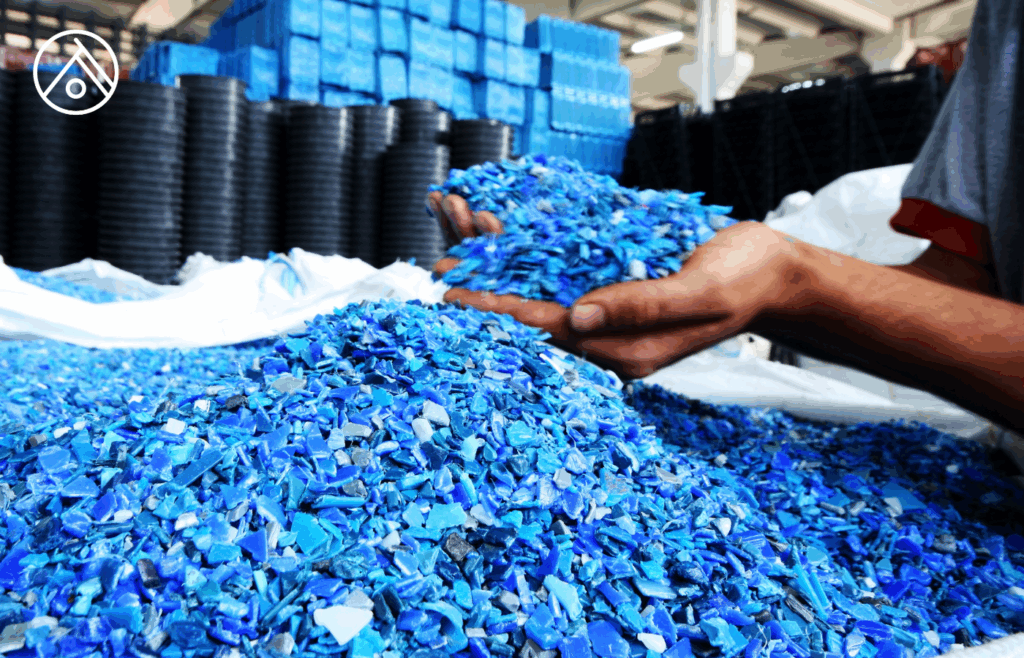
At a glance, the plastics industry fuels global supply chains, supports vast employment, and underpins essential sectors from healthcare to logistics. The range of materials explored — from PET’s clarity to PP’s heat resilience — reflect a vast industrial ecosystem that has optimised performance, pricing, and product lifespan with ruthless efficiency.
Yet in an age shaped by net-zero pledges and ESG imperatives, durability becomes liability when paired with linear consumption. Only a fraction of plastic waste is meaningfully recycled; much of it clogs landfills, leaks into marine environments, and persists across generations. Even bioplastics — promising in theory — remain locked in debates over compostability, contamination, and land use.
Strategically, navigating this paradox means reimagining plastics not as commodities, but as accountable materials. That means:
- Designing for Disassembly: Shifting manufacturing toward mono-material products that simplify end-of-life recovery.
- Reforming Incentives: Embedding extended producer responsibility (EPR) across markets to redistribute waste accountability.
- Backing Biopolymers: Accelerating R&D into scalable, regenerative plastic alternatives — from algae-based polymers to CO2-captured feedstocks.
- Deploying Transparency: Making supply chain disclosures and labeling standards intelligible to consumers, not just auditors.
What emerges is a dual challenge: preserve the functionality plastics offer, while dismantling the systems that reward waste. It’s a transition not of material substitution alone, but of mindset — from volume to value, opacity to ownership.
For more news and insights, stay tuned to the AIC website.

